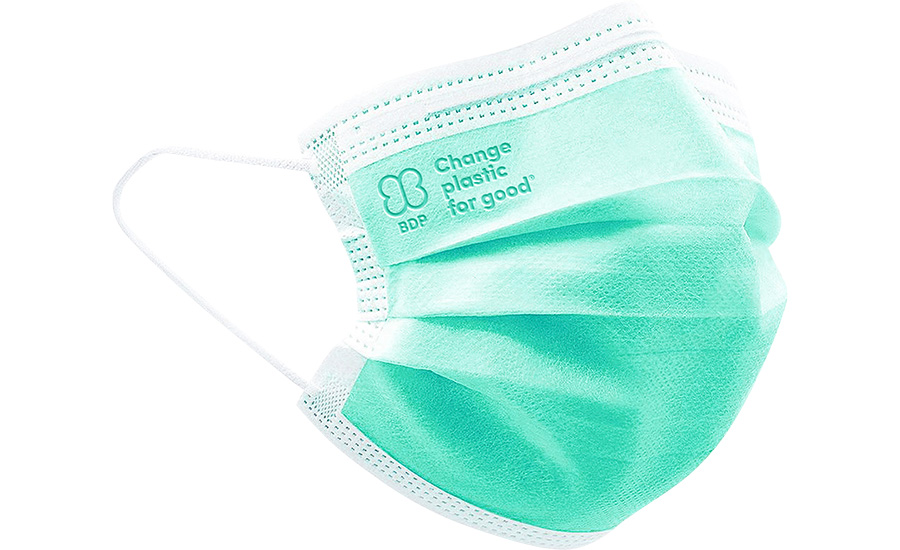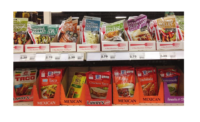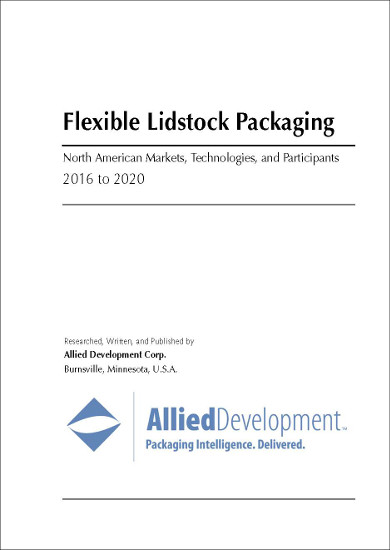Regular readers would know that the featured topic last month was about the advances in sustainability within the flexible packaging industry. As we were compiling the information for that feature, what stood out to us was the fact that nearly every product or idea was a smaller part of a greater concept — a circular economy. And because so much time, effort and money is being spent by organizations to transition to a circular economy, we’re calling it the most innovative aspect of flexible packaging happening today.
The details of what a circular economy is has been covered pretty extensively here and in other places, so we won’t go into it much here. Simply put, though, a circular economy is one where raw materials are used to create a product, and then that product is broken down into raw materials to create a new product — wash, rinse, repeat. The idea is to create an infinite loop where the materials used to create a product are “dug up” only once. It’s a concept that many industries are pursuing, and while there have been some successes, we’re still a ways away from widespread adoption.
Quite possibly the biggest impediment to a circular economy in the flexible packaging world is recycling.
“Some plastic packaging can be hard to recycle because of the type and complexity of the material, as well as the challenges that they create for the mechanical sorting equipment at recycling facilities like ours,” says Nathan Nelson, general manager of WestRock. “Many forms of packaging are made of multiple layers of different types of plastics that each serve a different purpose. Because these layers can’t be separated, they can’t be recycled in their existing form. Things like flexible packaging and small items that are made of non-recyclable plastics can clog or fall through the sorting equipment or end up in the wrong recycling stream.
“Placing hard-to-recycle items in the curbside bin can actually result in other recyclable material grades becoming contaminated, which is why there are rules and parameters as to what can and cannot be recycled,” he adds. “If these materials aren’t removed from recycling streams, hard-to-recycle materials can contaminate and devalue recyclable resources, making them unusable and sent to landfill.”
Westrock, Dow and Hefty have come together to create a new program that aims to complement existing recycling program by collecting hard-to-recycle plastics curbside. You can read more about that program in this article.
The problems around recycling are no secret, either, which is why more efforts are being made to develop plastic recycling technology. In its “Foresight 2021: Top Emerging Technologies to Watch,” Lux Research ranked plastic recycling technology third of 12 to watch behind only autonomous vehicles and natural language processing.
|

Image courtesy of Change Plastic for Good Ltd.
Given the myriad difficulties with plastics recycling, some companies are trying other avenues to eliminate the waste problem. Change Plastic for Good Ltd., a company based in Canada, recently started supplying facemasks to England. These facemasks comply with all the same standards as any other surgical mask on the market with the same quality and durability, but these facemasks are made with a plastic that can breakdown in a few years rather than hundreds of years. The masks are made with BDP, an organic ingredient added into the polypropylene mask fabric during manufacturing, which gives users the option of recycling the masks or sending them to a landfill. Once in the landfill, microbes are able to consume the masks in a shorter period of time than normal, and what remains of the biodegraded plastic fibers are biomass and biogas, the same materials as decomposing organic waste. “BDP is already being used by major brands in packaging, toys and apparel around the world,” says Change Plastic for Good CEO and founder Ryan Jesse. “Companies are attracted to not only our technology, but also our brand story. We figured the next big waste problem is going to be PPE, and we knew BDP would help give this plastic fabric a natural end of life in many different natural environments. Over 100 billion masks find their way to landfills or the environment each month. These masks are made from the same plastic as straws, and although it is recyclable, it will be nearly impossible to find someone who will accept them. The next best thing is turning it into bug food.” |
Given the importance of a circular economy to the industry, the Flexible Packaging Association (FPA) released the report, “Flexible Packaging Path to a Circular Economy,” in January. FPA partnered with PTIS, LLC and Priority Metrics Group (PMG) on this research report that explores the future of sustainability and flexible packaging through 2030. The research included FPA member and management stakeholder interviews, surveying FPA members, industry expert interviews and brand owner/value chain surveys and interviews.
The report aims to provide information, knowledge, impacts and insights related to flexible packaging and sustainability, circular economy and legislative trends, along with key outcomes and actions to enable the industry to align with circular economy principles where materials are collected, sorted, processed and repurposed into new products or packaging.
A few of the additional efforts to help others to understand the problem and to start innovating for a change include Winpak’s commissioning of Circular Matters to create the white paper, “Building a Sustainable End-of-Life Management System for Flexible Plastic Packaging and the Importance of Recycle-Ready Packaging.” Independent Commodity Intelligence Services (ICIS) developed the Recycling Supply Tracker, which allows companies looking to source recycled plastic to gain a comprehensive view of the sector and identify new supplier relationships, as well as take a strategic view on existing and announced projects. The global database provides information on production capacities, output volumes, feedstock source and site status, and is designed to bring transparency and support the transition to a circular economy.





